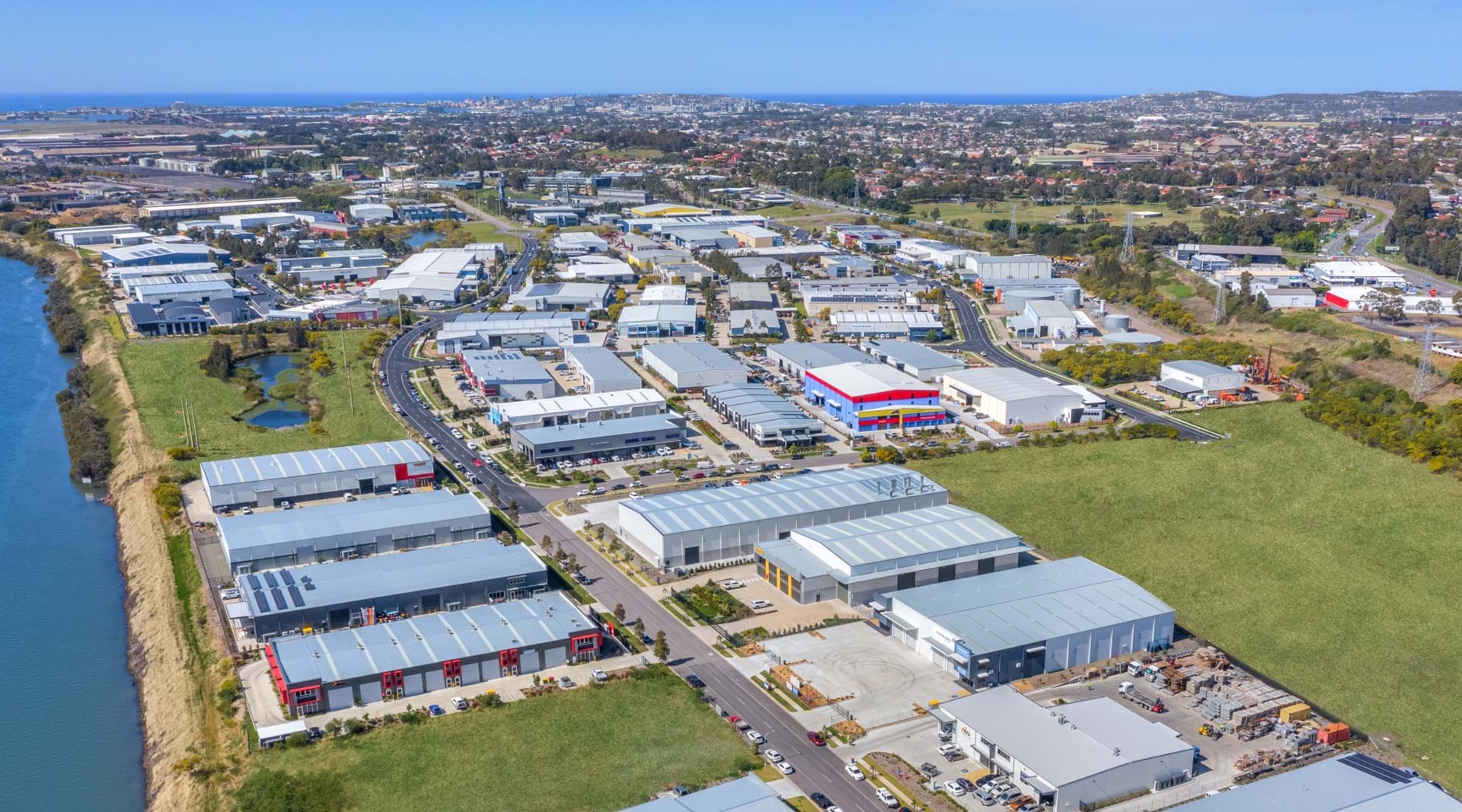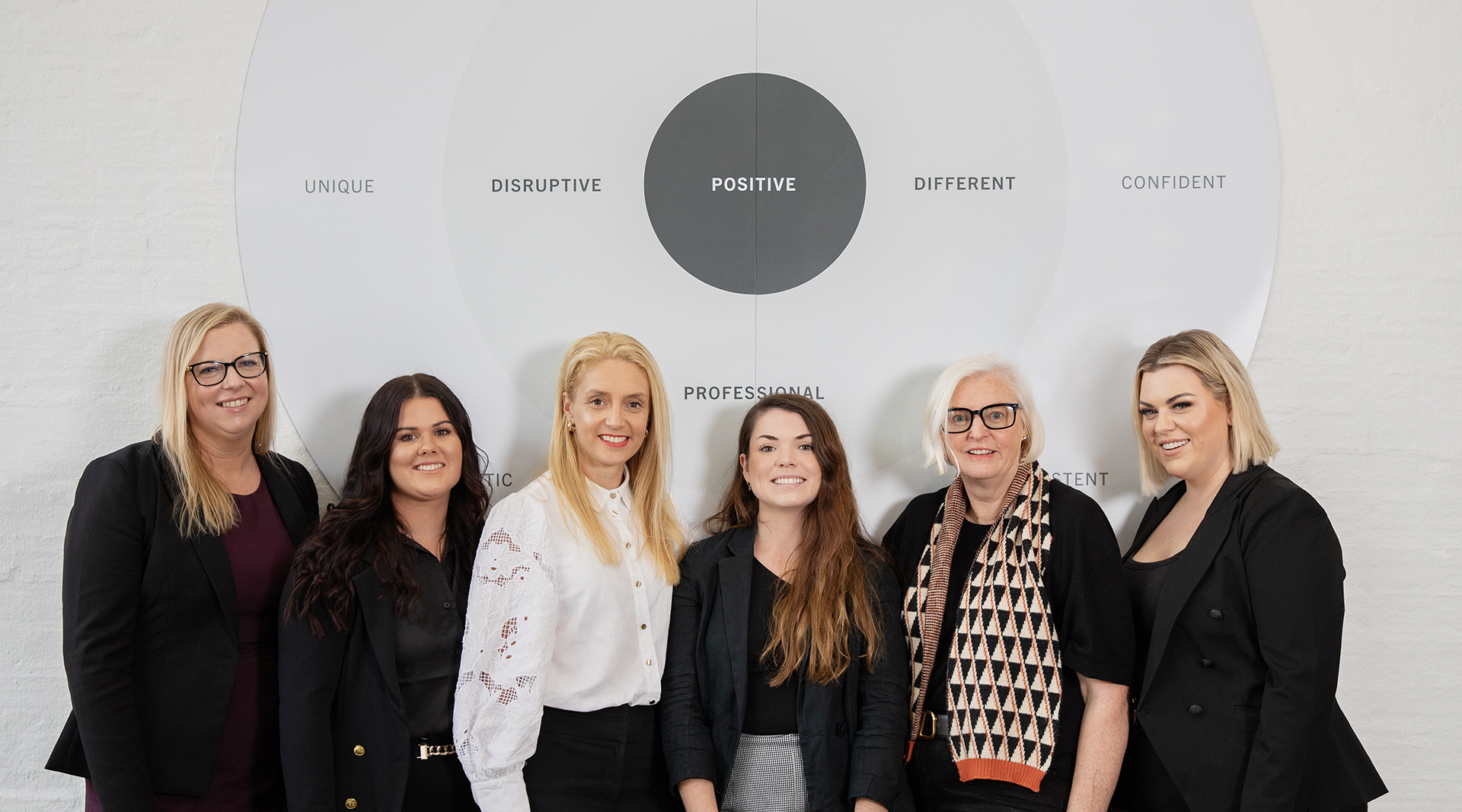
News
30.01.2024
Steel River Industrial Market Overview
Steel River Industrial Estate: Navigating Market Forces in the Booming Newcastle Economy
In the midst of the Steel River success story, several market forces are shaping the industrial landscape in the Hunter Region of New South Wales.
As the estate continues to experience surging rents and property values, it’s essential to delve into the intricate dynamics influenced by factors such as limited supply of industrial land, escalating building costs, and the impact of rising interest rates set by the Reserve Bank of Australia (RBA).
Supply Constraints: A Driving Force Behind Escalating Values
The scarcity of available industrial land in the Hunter Region has emerged as a pivotal market force, intensifying demand and driving up property values within Steel River. With limited space for expansion, businesses and developers are engaging in fierce competition to secure a foothold in this prime industrial real estate market. The resulting scarcity premium has become a defining factor, propelling both rental rates and property values to unprecedented levels. For instance, the last land sale in Steel River was a 4,223m2 parcel of land in Riverside Drive DA approved for (13) boutique industrial units. This land sold for over $761 per m2 reflecting the intense competition for limited space.
Building Costs Surge, Sale Values Follow Suit
Another market force at play in Steel River is the notable increase in building costs, which has a direct impact on the sale values of existing structures. As the costs of construction materials, labour, and compliance rise, the value of established industrial properties becomes more pronounced. This trend is reflected in the sale prices of existing structures within Steel River, influencing the overall market dynamics and contributing to the estate’s escalating property values. In recent years, there has been a surge in popularity among owner occupiers for boutique strata-titled warehouses, specifically those below 200m2. Noteworthy sales trends reveal a pricing benchmark of over $5,300 per square meter for concrete tilt panel warehouses. A notable transaction exemplifying this trend is the recent sale of Unit 15, 50 Riverside Drive, which recorded a sale price of $440,000.
Rising Rents Despite RBA’s Interest Rate Moves
The Reserve Bank of Australia’s (RBA) decisions on interest rates have reverberations throughout the industrial real estate market, including Steel River. Despite the RBA’s measured steps to raise interest rates in response to broader economic conditions, Steel River continues to witness escalating rents. This resilience can be attributed to the strong demand for industrial spaces in the face of limited supply, indicating that market fundamentals and confidence in Steel River outweigh the impact of higher borrowing costs.
Balancing Act: Navigating Economic Forces
The interplay of these market forces paints a complex picture of Steel River’s success within the broader economic landscape of the Hunter Region. The estate’s ability to navigate challenges such as supply constraints, building cost escalations, and interest rate fluctuations underscores its resilience and attractiveness to investors and businesses alike.
Conclusion: Steel River’s Resilience in a Dynamic Landscape
As the Steel River Industrial Estate thrives amidst these multifaceted market forces, the concrete examples of rental and sales data, coupled with insights into building costs and yields, demonstrates a high level of confidence in continued growth from both investors and businesses. The convergence of supply constraints, building cost dynamics, and interest rate fluctuations creates a dynamic environment that necessitates a strategic approach. In this evolving landscape, Steel River’s enduring success becomes a compelling narrative of how effective management, strategic positioning, and sustained demand can overcome market challenges and solidify its status as a premier industrial hub in the thriving Newcastle economy.

